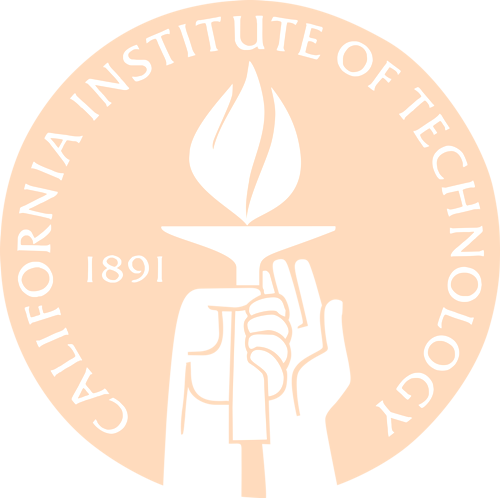Team:Caltech
From 2010.igem.org
(Difference between revisions)
(PHA -> PHB) |
|||
| Line 3: | Line 3: | ||
__NOTOC__ | __NOTOC__ | ||
== Abstract == | == Abstract == | ||
| - | Our project aims to use dual-wavelength light transduction to produce arbitrary 3D shapes of | + | Our project aims to use dual-wavelength light transduction to produce arbitrary 3D shapes of polyhydroxybutyrate (PHB) plastic from soybean oil. Using a radical crosslinking reagent, we will crosslink PHB oligomers in cell lysate, released upon a light-induced lysis gene network. We hope to apply this capability to three dimensional printing, offering a cheap alternative to current rapid-prototyping technologies. We also plan to apply special consideration to the ramifications of possible commercial enterprises developed in iGEM competitions with open source materials, such as BioBricks. |
==== Specific goals include: ==== | ==== Specific goals include: ==== | ||
Latest revision as of 03:19, 16 October 2010
|
People
|
AbstractOur project aims to use dual-wavelength light transduction to produce arbitrary 3D shapes of polyhydroxybutyrate (PHB) plastic from soybean oil. Using a radical crosslinking reagent, we will crosslink PHB oligomers in cell lysate, released upon a light-induced lysis gene network. We hope to apply this capability to three dimensional printing, offering a cheap alternative to current rapid-prototyping technologies. We also plan to apply special consideration to the ramifications of possible commercial enterprises developed in iGEM competitions with open source materials, such as BioBricks. Specific goals include:
|
 "
"
